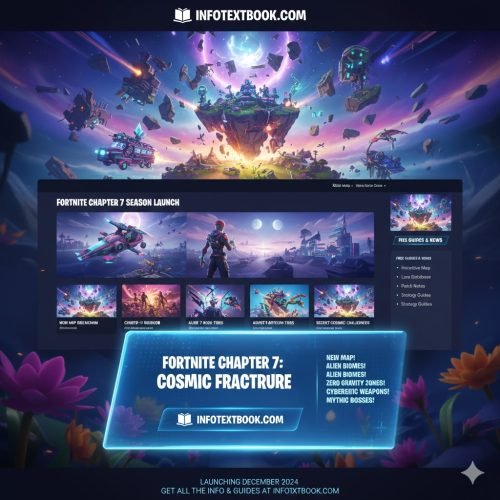Table of Contents
Toggle10 Essential Skills Every Full Stack Developer Must Master in 2025
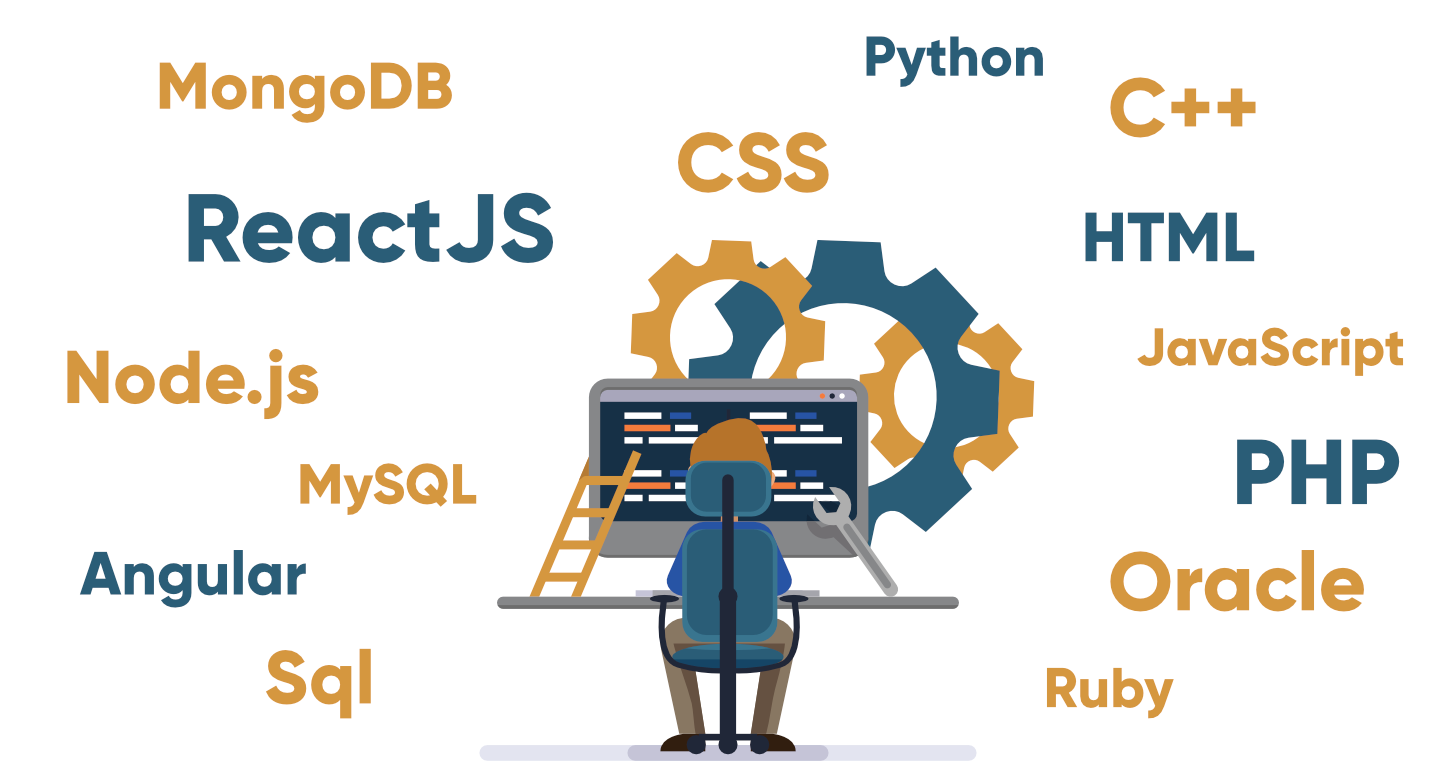
Introduction The Growing Demand for Full Stack Developers
As technology continues to evolve rapidly, the demand for skilled Full Stack Development professionals is at an all-time high. Businesses in 2025 are looking for developers who can manage both frontend and backend tasks, making them more versatile, efficient, and cost-effective. Mastering the right skills is no longer optional it’s essential to stay ahead.
1. HTML & CSS Mastery
The building blocks of the web, HTML and CSS are crucial for creating structured and visually appealing user interfaces. Every Full Stack Developer must have deep knowledge of semantic HTML5 and modern CSS3 features, including Flexbox and Grid.
2. JavaScript and Modern Frameworks
JavaScript is the engine behind interactive websites. Mastering modern JavaScript (ES6+), and frameworks like React, Angular, or Vue is essential. These tools allow developers to build fast, scalable, and maintainable user interfaces.
3. Backend Languages (Node.js, Python, etc.)
Understanding backend logic is vital. Node.js is popular for JavaScript developers, while Python and Ruby remain strong alternatives. Backend development ensures data flows efficiently between the database and the user interface.
4. Database Management (SQL & NoSQL)
A strong grasp of relational databases (MySQL, PostgreSQL) and NoSQL options (MongoDB) helps developers store, query, and secure data effectively. Knowing when to use each type is a key part of Full Stack Development.
5. Version Control with Git and GitHub
Collaboration and code tracking are made easy with Git. Platforms like GitHub enable teams to manage changes, review code, and track progress—a must-have for any serious developer.
6. RESTful APIs and Web Services
RESTful APIs allow different systems to communicate. Full stack developers must understand how to build, integrate, and secure APIs for real-time data exchange between the frontend and backend.
7. Deployment and DevOps Basics
Understanding deployment tools (like Docker, Netlify, Vercel, or Heroku) and CI/CD pipelines is crucial. It ensures applications are delivered smoothly and updated regularly with minimal downtime.
8. Responsive Design and Cross-Browser Compatibility
Users access the web on all kinds of devices. Proficiency in responsive design ensures your application works seamlessly across smartphones, tablets, and desktops.
9. Security Best Practices in Web Development
With increasing cyber threats, understanding web security like HTTPS, authentication, and input validation—is vital. Security is a shared responsibility in Full Stack Development.
HTML & CSS Mastery The Foundation of Every Full Stack Developer
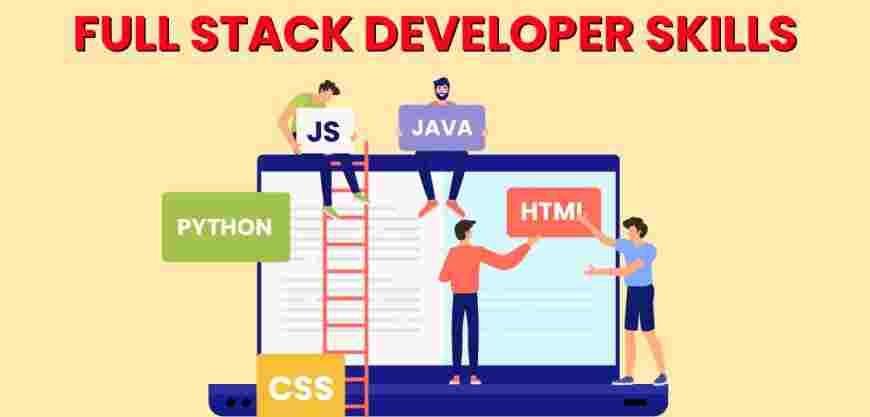
HTML & CSS Mastery The Foundation of Every Full Stack Developer
In the world of web development, HTML (HyperText Markup Language) and CSS (Cascading Style Sheets) are the bedrock upon which every website and web application is built. For anyone aiming to become a successful Full Stack Developer, mastering these two core technologies is non-negotiable. They form the visual and structural layer of every web project.
Why HTML & CSS Matter
HTML provides the structure of a web page it defines headings, paragraphs, images, links, tables, and all other content elements. Without it, browsers wouldn’t know how to display content properly. CSS, on the other hand, is all about style and layout. It controls fonts, colors, spacing, responsiveness, and more, making the user interface visually appealing and user-friendly.
A professional Full Stack Developer must have more than just a basic understanding of HTML and CSS. Deep knowledge of semantic HTML5 elements, accessibility best practices (like ARIA roles), and modern layout techniques (like Flexbox and Grid) is crucial. Similarly, CSS3 features like transitions, animations, variables, and responsive design using media queries are essential for delivering modern web experiences.
Mastering the Visual Layer
As a Full Stack Developer, knowing how to write clean, scalable, and maintainable CSS is just as important as backend efficiency. Familiarity with tools like SCSS (Sass), BEM (Block Element Modifier), and utility-first frameworks like Tailwind CSS can dramatically improve workflow and consistency across large projects.
Responsive design is another area where HTML & CSS mastery shines. With users accessing websites across desktops, tablets, and mobile phones, it’s vital that developers know how to create layouts that adapt seamlessly to all screen sizes.
Beyond Just Style
Understanding how browsers render HTML and CSS also helps with debugging, performance optimization, and cross browser compatibility key skills every Full Stack Developer needs when building production-ready applications.
JavaScript and Modern Frameworks Powering the Web for Full Stack Developers

JavaScript and Modern Frameworks Powering the Web for Full Stack Developers
JavaScript is the backbone of interactive web applications. As a core client-side language, it enables dynamic behavior on websites and brings user interfaces to life. For any aspiring or experienced Full Stack Developer, a deep understanding of JavaScript and its modern frameworks is absolutely essential.
Why JavaScript Matters
Unlike HTML and CSS, which handle structure and style, JavaScript handles the logic, interactivity, and real-time updates on the frontend. From dropdown menus to live chat widgets and data validation, JavaScript plays a crucial role in making websites responsive, functional, and engaging.
For a Full Stack Developer, JavaScript is even more powerful because it can be used on both the frontend and backend—thanks to platforms like Node.js. This means developers can write server-side code using the same language they use for client-side functionality, streamlining development and reducing the learning curve.
Modern Frameworks You Must Learn
JavaScript frameworks have evolved to solve real-world development challenges like scalability, maintainability, and performance. The most popular frameworks today include:
React.js Developed by Facebook, React allows developers to build fast, component-based user interfaces. It’s ideal for SPAs (Single Page Applications) and is widely adopted across industries.
Vue.js – Known for its simplicity and flexibility, Vue is beginner-friendly yet powerful enough for large projects.
Angular Maintained by Google, Angular is a full-fledged framework offering robust tools for enterprise-grade applications.
For a Full Stack Developer, mastering one or more of these frameworks means faster development cycles, reusable components, and cleaner architecture. These tools help bridge the frontend/backend divide, especially when paired with APIs and backend services.
Going Beyond Basics
Modern JavaScript also includes ES6+ features like arrow functions, promises, async/await, destructuring, and template literals. These features improve readability, reduce errors, and make code more elegant. As a Full Stack Developer, adopting these standards makes collaboration easier and code more maintainable
Backend Languages (Node.js, Python, etc.) The Engine Behind the Web
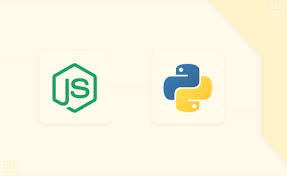
Backend Languages (Node.js, Python, etc.): The Engine Behind the Web
While the frontend is what users see, the backend is the engine that powers everything behind the scenes—from databases and APIs to server logic and authentication. For a modern Full Stack Developer, mastering backend languages is crucial to building complete, scalable, and secure web applications.
The Role of Backend Languages
Backend languages are responsible for processing user requests, storing data, handling logic, and delivering responses to the frontend. They ensure everything works smoothly when users interact with a website or application. Choosing the right backend language depends on the project requirements, performance needs, and team preferences.
Popular Backend Languages for Full Stack Development
1. Node.js (JavaScript)
Node.js allows developers to use JavaScript on the server side, making it a favorite among Full Stack Developers who want to use one language across the entire stack. It’s lightweight, fast, and supported by a massive ecosystem (NPM), ideal for building scalable, real-time apps like chats or streaming services.
2. Python
Known for its simplicity and readability, Python is widely used in backend development, especially for data-heavy applications and APIs. Frameworks like Django and Flask allow Full Stack Developers to build secure, maintainable backend systems with less code and faster deployment times.
3. PHP
Although older, PHP remains relevant, especially in content management systems like WordPress. It’s ideal for developers building server-rendered pages or integrating with legacy systems.
4. Ruby
Ruby, paired with Rails (Ruby on Rails), emphasizes convention over configuration. It’s known for speed in prototyping and rapid development.
5. Java and C#
For enterprise-level systems, Java and C# offer robust tools, performance, and security. They are often used in large-scale web platforms, banking systems, and SaaS products.
Choosing the Right Language
A skilled Full Stack Developer doesn’t need to master every backend language but should be proficient in at least one and familiar with others. The right language depends on project complexity, speed requirements, and scalability goals.
Database Management (SQL & NoSQL) Storing the Backbone of Every App

Database Management (SQL & NoSQL) Storing the Backbone of Every App
In the world of web development, data is everything—from storing user profiles and order histories to managing real-time messaging and content. For any successful Full Stack Developer, mastering database management is a critical skill that bridges the backend logic with reliable data storage.
Why Database Management Matters
A well-structured database ensures smooth data retrieval, better performance, and secure handling of user information. Whether building a small blog or a large-scale enterprise application, data management plays a central role in maintaining functionality and user experience.
As a Full Stack Developer, understanding how to work with both SQL and NoSQL databases gives you flexibility in designing systems that match specific project needs.
SQL Databases: Structured and Relational
SQL (Structured Query Language) databases, like MySQL, PostgreSQL, and SQLite, are relational and best suited for structured data with clear relationships (e.g., users and orders). They follow a fixed schema and use tables, rows, and columns.
SQL is ideal for applications requiring complex queries, ACID compliance, and data consistency—like banking systems, CRMs, and e-commerce platforms.
Key SQL Skills:
Writing complex queries using
JOIN,GROUP BY, andWHEREDatabase normalization
Stored procedures and indexing
NoSQL Databases: Flexible and Scalable
NoSQL (Not Only SQL) databases, such as MongoDB, Firebase, and Cassandra, offer schema-less data models, making them ideal for dynamic or unstructured data like social media feeds, real time chats, and sensor logs.
They allow horizontal scaling, which makes them more adaptable for high-traffic applications. As a Full Stack Developer, knowing when to use NoSQL can significantly boost performance and flexibility.
Key NoSQL Skills:
Understanding document, key-value, graph, and column-store models
Working with JSON-like structures (e.g., in MongoDB)
Designing flexible and scalable data schemas
RESTful APIs and Web Services The Connective Tissue of the Web
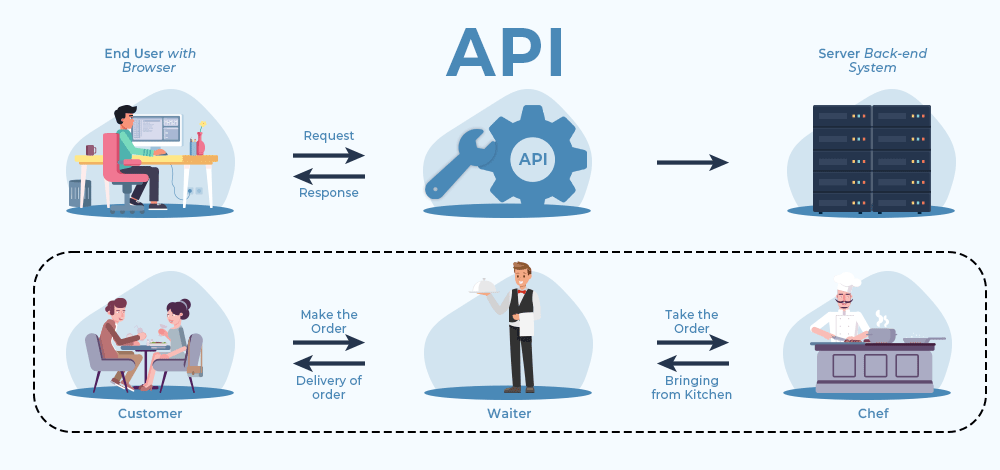
RESTful APIs and Web Services The Connective Tissue of the Web
In today’s interconnected digital world, web applications rarely work in isolation. They need to communicate with other systems, apps, and services. This is where RESTful APIs (Representational State Transfer Application Programming Interfaces) and Web Services become essential. For any aspiring Full Stack Developer, understanding how to build and consume APIs is a foundational skill.
RESTful APIs allow different applications to talk to each other using standardized HTTP methods like GET, POST, PUT, and DELETE. For example, a weather app pulls data from a weather API, or an e-commerce site connects to a payment gateway through a secure web service.
A skilled Full Stack Developer needs to know how to create APIs that are scalable, secure, and easy to maintain. This includes structuring endpoints, handling request/response formats (typically in JSON), using authentication methods like OAuth or API keys, and documenting the API properly.
On the frontend, developers must understand how to fetch data asynchronously using tools like Fetch API, Axios, or through modern JavaScript frameworks. On the backend, frameworks like Express (Node.js) or Django (Python) are commonly used to build RESTful APIs.
In essence, APIs are the bridges that allow systems to exchange data. Without them, modern apps like Uber, Instagram, or online banking wouldn’t function.
For a Full Stack Developer, mastering RESTful APIs means unlocking the power to build fully integrated, real-time, and dynamic web applications.
Deployment and DevOps Basics Bringing Code to Life

Deployment and DevOps Basics Bringing Code to Life
Writing code is just the beginning getting it live, scalable, and stable is where Deployment and DevOps come into play. For a modern Full Stack Developer, understanding how to deploy applications and integrate DevOps principles is critical for delivering real-world projects.
Deployment: Going Live with Confidence
Deployment is the process of moving code from development to a live production environment. A Full Stack Developer should know how to use tools like Git, GitHub Actions, or CI/CD pipelines to automate testing and deployment. Platforms like Heroku, Vercel, Netlify, and AWS are popular for hosting full-stack applications, offering flexibility and scalability.
DevOps: Bridging Development and Operations
DevOps stands for Development + Operations, focusing on collaboration, automation, and continuous delivery. It ensures that the software is built, tested, and released faster and more reliably. Tools like Docker for containerization, Jenkins for automation, and Kubernetes for orchestration help a Full Stack Developer streamline workflows and handle deployment at scale.
DevOps also emphasizes monitoring and logging using platforms like Prometheus, Grafana, or New Relic to track application health and performance in real-time.
Responsive Design and Cross-Browser Compatibility A Must for Modern Web Apps
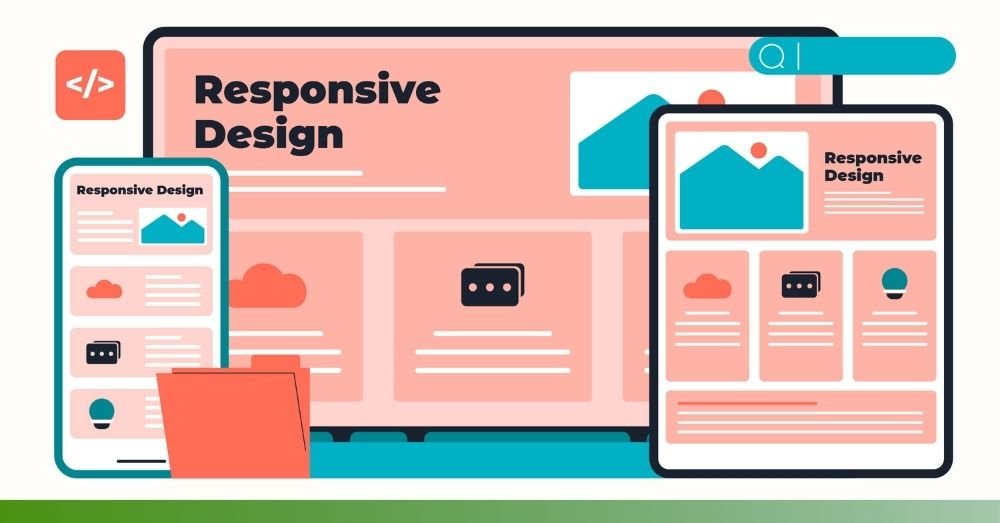
Responsive Design and Cross-Browser Compatibility A Must for Modern Web Apps
In today’s digital world, users access websites from smartphones, tablets, laptops, and desktops—each with different screen sizes and browsers. That’s why responsive design and cross-browser compatibility are essential skills for every Full Stack Developer.
What is Responsive Design?
Responsive design ensures that your website or web application looks great and functions smoothly across all devices. It adapts layout, images, and content using CSS media queries, flexible grids, and relative units like percentages or ems. Frameworks like Bootstrap and Tailwind CSS simplify this process, helping developers build interfaces that automatically adjust to screen size.
A good Full Stack Developer uses responsive design to improve user experience and reduce bounce rates. From navigation menus to image sliders, every component should scale and behave properly—whether viewed on a phone or a large monitor.
What is Cross-Browser Compatibility?
Cross-browser compatibility ensures that your website works consistently across different web browsers like Chrome, Firefox, Safari, and Edge. Different browsers render HTML, CSS, and JavaScript in slightly different ways. Testing your code across browsers—and even browser versions—is crucial for maintaining quality and accessibility.
Tools like BrowserStack, Lambdatest, and built-in browser dev tools help a Full Stack Developer debug and fix inconsistencies efficiently
Security Best Practices in Web Development: Safeguarding Your Application

Security Best Practices in Web Development: Safeguarding Your Application
Security is no longer optional—it’s a critical requirement. In the era of increasing cyber threats and data breaches, every Full Stack Developer must prioritize security throughout the development lifecycle. From login forms to APIs and databases, vulnerabilities can appear at any layer of the stack.
Key Web Security Best Practices
Input Validation & Sanitization
Prevent attacks like SQL injection and cross-site scripting (XSS) by validating and sanitizing all user inputs. Never trust data from the client side.Use HTTPS
Secure your data in transit using SSL/TLS encryption. HTTPS ensures that sensitive information, such as login credentials or payment details, is transmitted safely.Authentication & Authorization
Implement strong user authentication using OAuth, JWT (JSON Web Tokens), or multi-factor authentication. Also, ensure users only access what they are authorized to view.Secure APIs
A Full Stack Developer should secure API endpoints using authentication, rate limiting, and input checks to prevent abuse and data leaks.Data Encryption
Sensitive data stored in databases should be encrypted both at rest and in transit. Hash passwords using robust algorithms like bcrypt or Argon2.Regular Updates & Dependency Management
Keep your libraries, frameworks, and server software up to date. Tools like Dependabot or npm audit help identify known vulnerabilities.
Final Thoughts Future Proofing Your Full Stack Development Career

Final Thoughts Future Proofing Your Full Stack Development Career
The tech landscape is evolving faster than ever. From AI-powered applications to serverless architectures, staying relevant requires continuous learning and strategic thinking. As a Full Stack Developer, your ability to adapt, evolve, and innovate is your biggest asset.
Stay Curious, Stay Updated
Technology stacks are constantly changing. What’s trending today like React, Node.js, or Docker might shift tomorrow. A successful Full Stack Developer actively follows updates in languages, frameworks, and development practices. Subscribe to dev newsletters, attend webinars, and contribute to open source projects to stay ahead.
Focus on Problem-Solving
While tools may change, the ability to solve problems with logic and creativity never goes out of style. Companies value developers who can think holistically, identify bottlenecks, and create scalable solutions. Full stack skills give you a complete view of projects making you a valuable asset in agile teams.
Soft Skills Matter
In addition to technical skills, communication, time management, and collaboration are essential. A great Full Stack Developer knows how to explain solutions clearly to stakeholders, work across departments, and manage workload effectively.
Embrace Lifelong Learning
Future-proofing your career means adopting a growth mindset. Whether it’s learning TypeScript, exploring cloud-native development, or diving into DevOps, every new skill makes you more versatile and employable.
FAQs Full Stack Development
Q1. What is a Full Stack Developer?
A Full Stack Developer is a software engineer who can work on both the frontend (user interface) and backend (server, database) of a web application. They understand how to structure, build, and maintain every layer of the development stack.
Q2. What programming languages should a Full Stack Developer learn?
Core languages include HTML, CSS, JavaScript for frontend, and Node.js, Python, Ruby, PHP, or Java for backend. Proficiency in database languages like SQL and NoSQL (e.g., MongoDB) is also important.
Q3. How long does it take to become a Full Stack Developer?
It depends on your background, but with focused learning, one can become job-ready as a Full Stack Developer in 6 months to 1 year through bootcamps, online courses, or formal education.
Q4. Is DevOps knowledge necessary for Full Stack Developers?
Yes. Basic DevOps skills such as using version control (Git), deploying applications, and understanding CI/CD pipelines help Full Stack Developers streamline development and delivery.
Q5. What tools do Full Stack Developers use?
Popular tools include React, Angular, Vue.js (frontend), Express, Django, Flask (backend), MongoDB, MySQL (databases), Git, Docker, Jenkins, and cloud platforms like AWS or Heroku.
Q6. Is Full Stack Development a good career choice?
Absolutely. Full Stack Developers are in high demand due to their versatility, ability to manage projects end-to-end, and cost-effectiveness for startups and large companies alike.




